Trip: Costa Verde / Brazil
Costa Verde, Brazil
Fuelled by fresh fish, fruit and a few glasses of sugar-cane rum, we journey along Brazil’s often under-appreciated coastline.
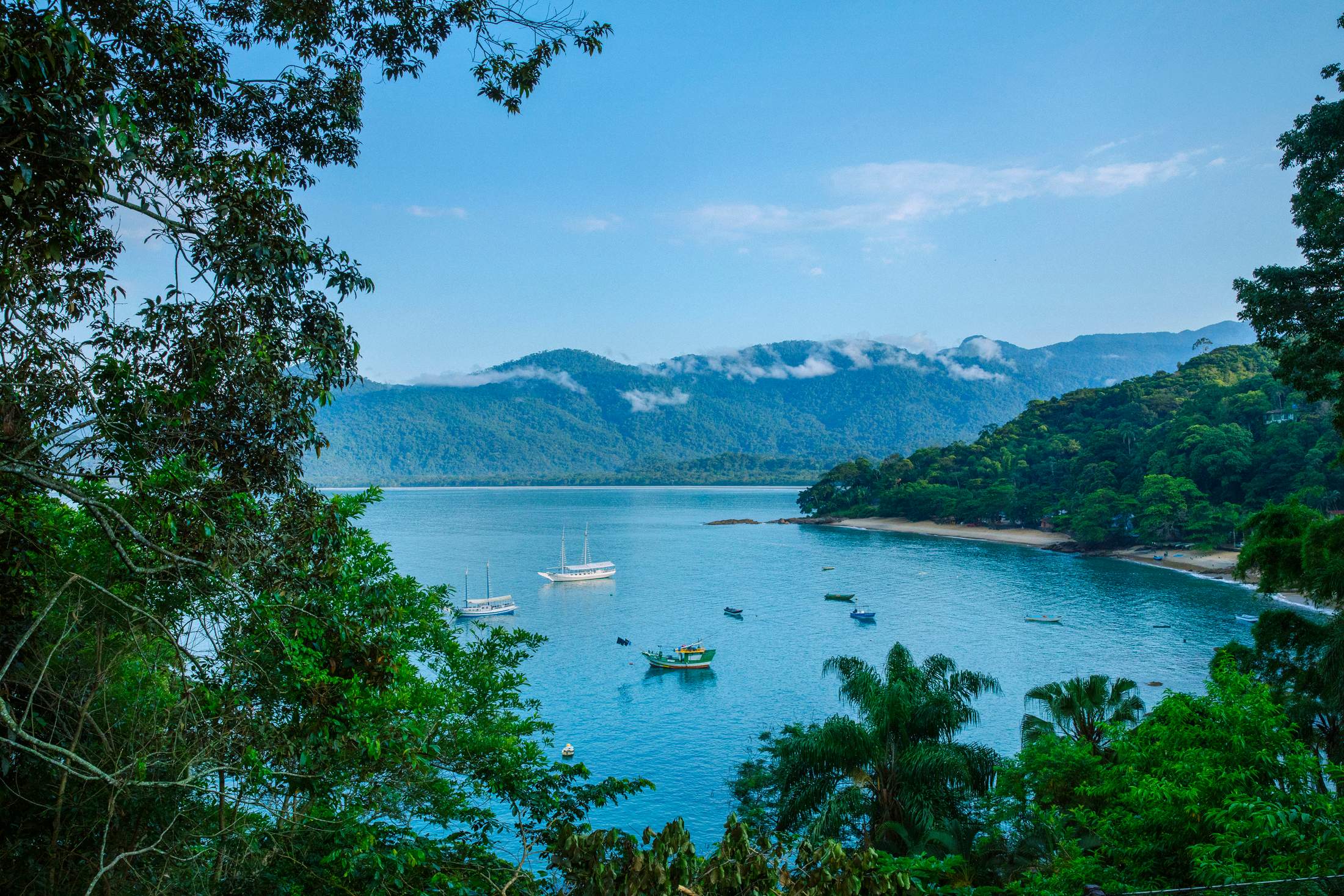

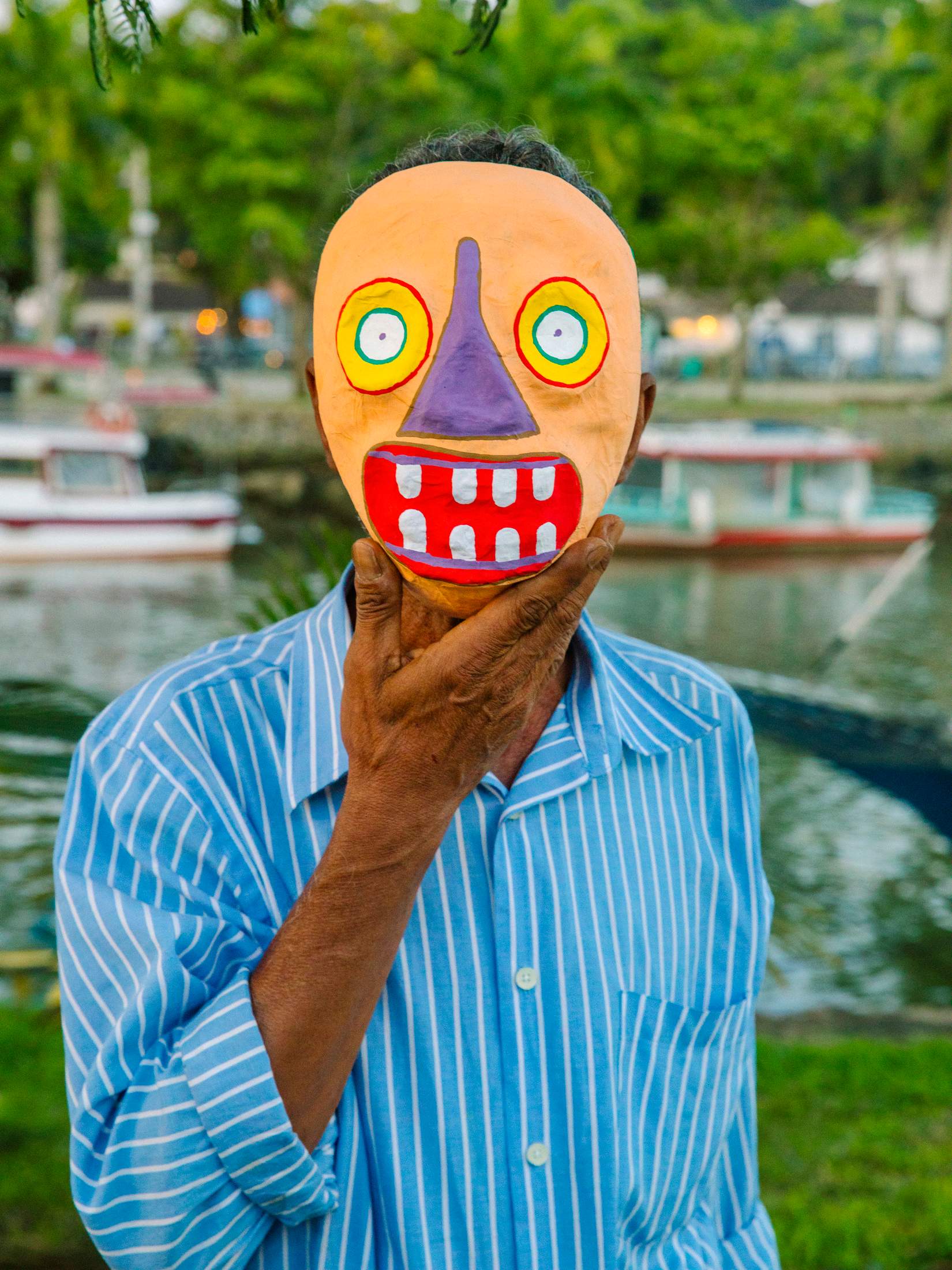
The br-101 highway runs more than 4,500km along the Brazilian coastline, beginning in the country’s northeast and crossing a dozen states. We pick up our journey in Rio de Janeiro to explore a scenic stretch tucked between the ocean and the Atlantic Forest, which winds past colonial towns, quilombos (settlements founded by slaves) and quaint fishing villages. Far from Brazil’s best-known beaches, the heart and soul of its coast are on full display.
day 1
Rio de Janeiro to Angra dos Reis
Most trips along the br-101 begin with an hour of traffic through Rio de Janeiro’s sprawling and at times run-down outer suburbs. As monocle sets out, the car crawls past cinder-block homes among the rolling hills of the Atlantic Forest. It’s 06.30 but it’s already scorching hot.
Once we leave the city we pick up the pace. A sharp bend in the road reveals a sweeping view over the glittering ocean, while another sudden curve exposes misty mountains bearded by forest. It’s a surprisingly smooth ride, considering that the br-101 is locked in battle against the forces of nature. In the past, heavy rains regularly caused landslides that would block the way. But a recent makeover has left the asphalt smooth and falling debris is less common, thanks to the rockfall netting pinned to the mountainside.
We stop at Casa da Gula, a simple roadside shop selling homemade pastel (a stuffed, deep-fried savoury pastry) and jugs of sugar-cane juice. Travelling down this stretch of coast, visitors will find themselves moving from Rio’s feted Carioca culture to a more subtle caiçara one: a humble way of living from the land and the sea, forged from the indigenous, African and European traditions that shaped Brazil’s colonial past.
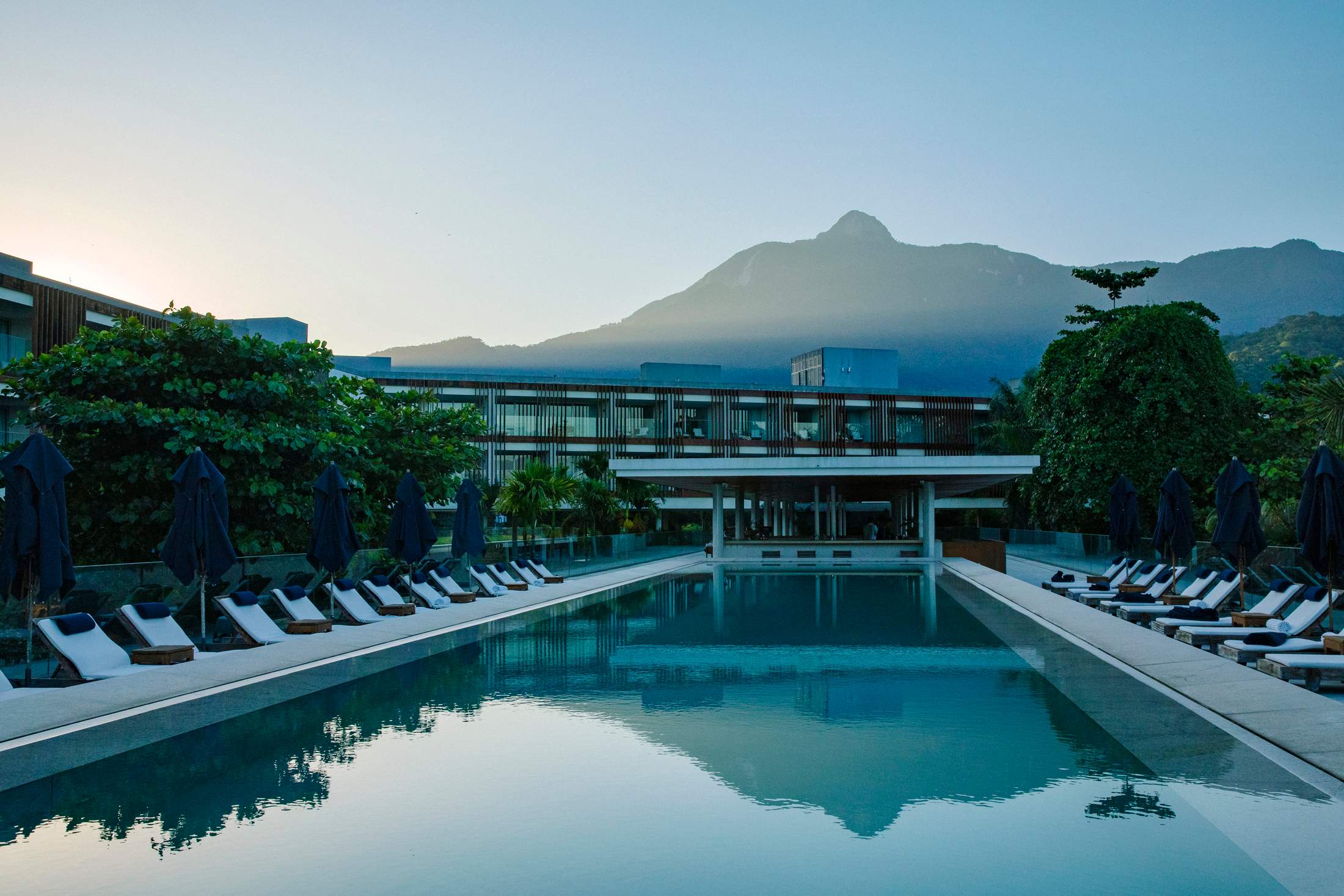
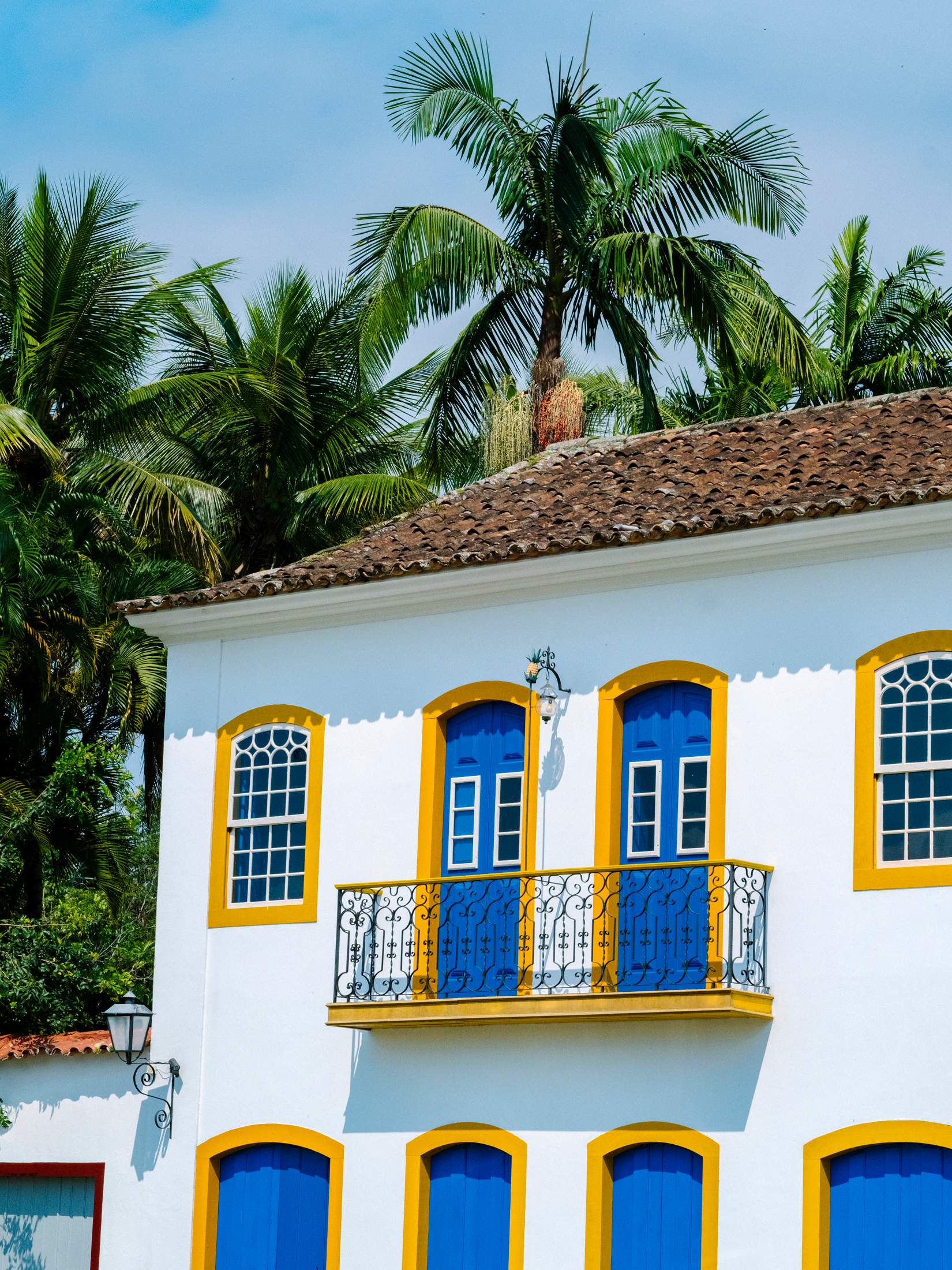
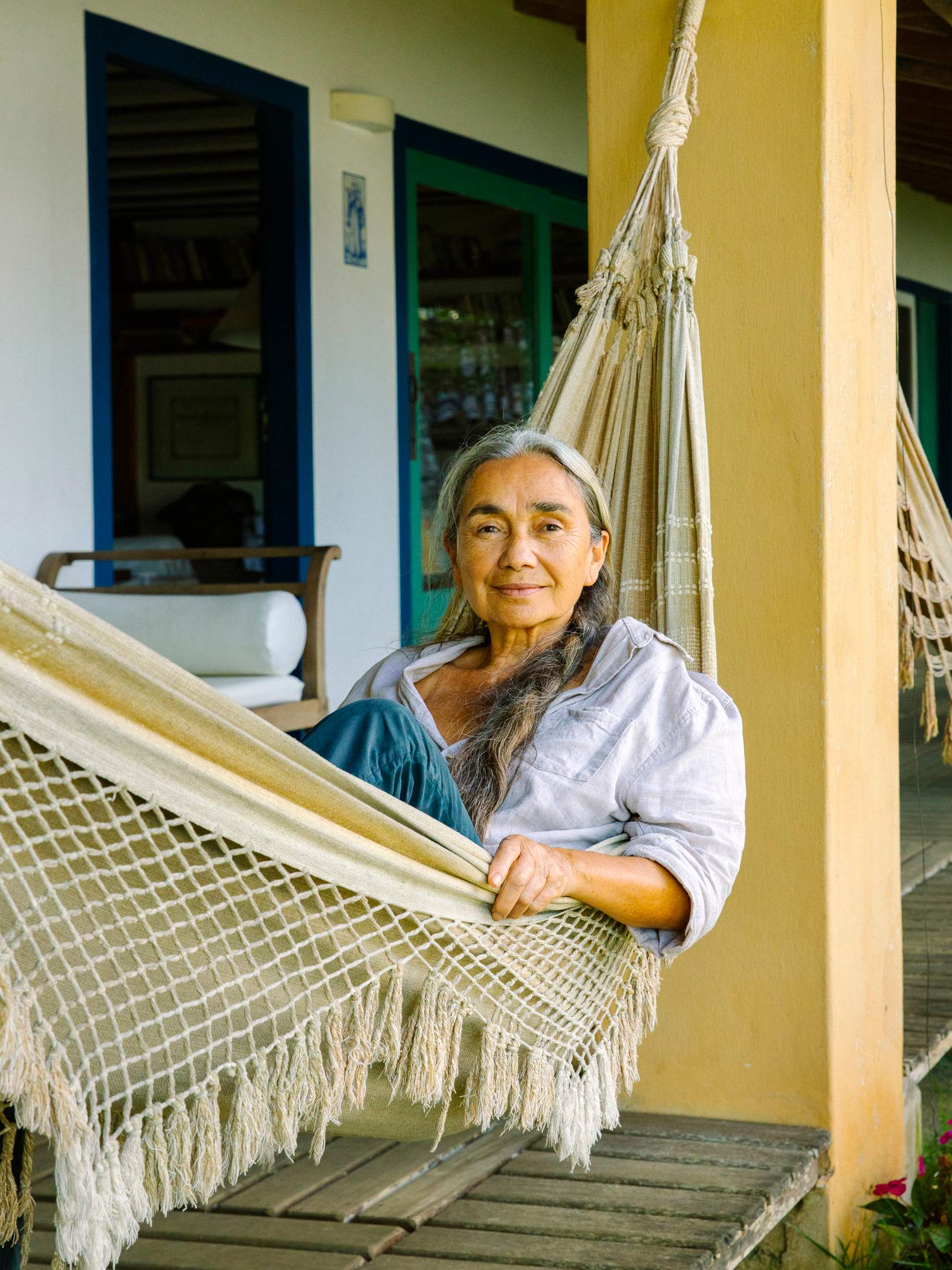

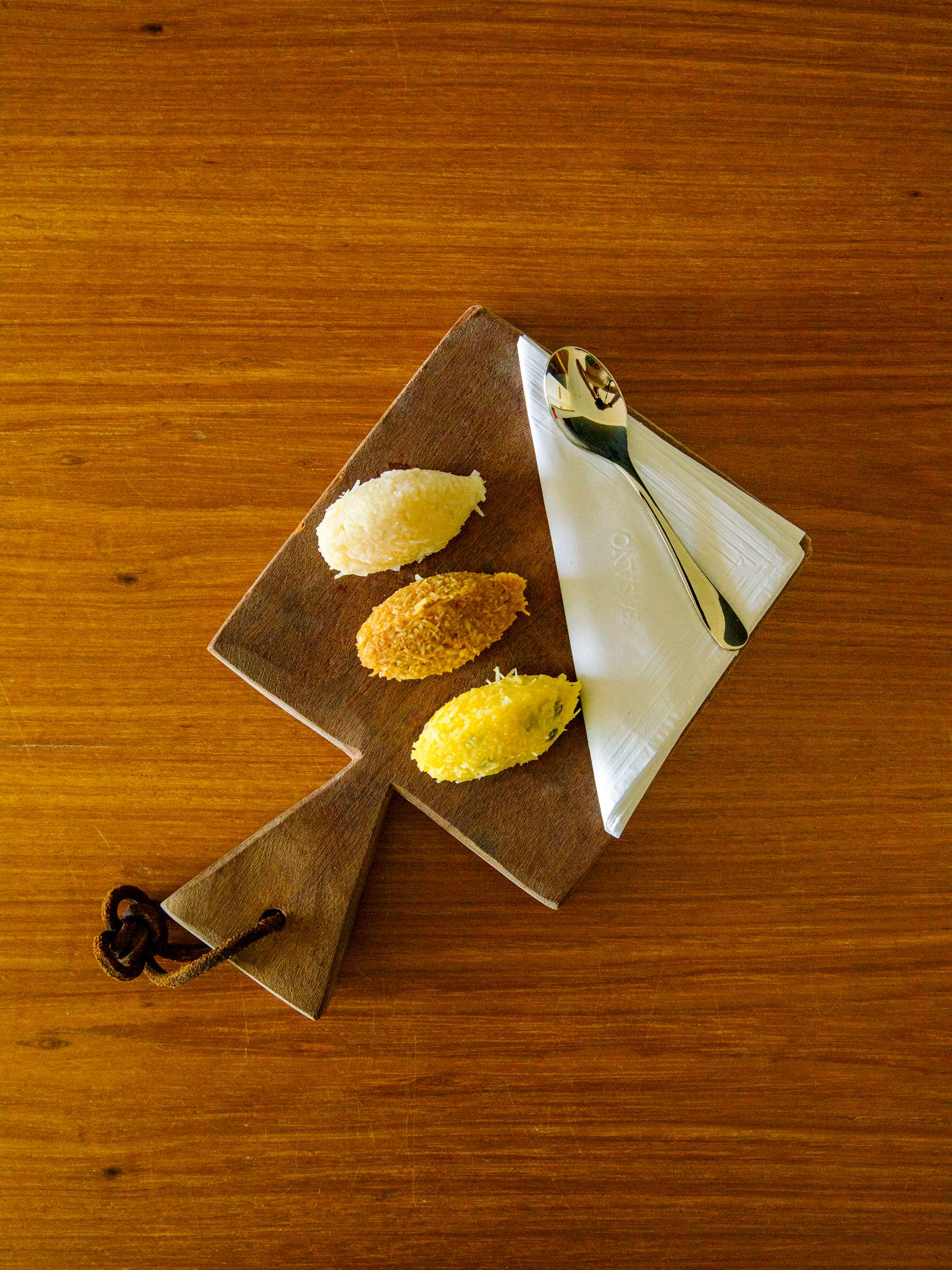

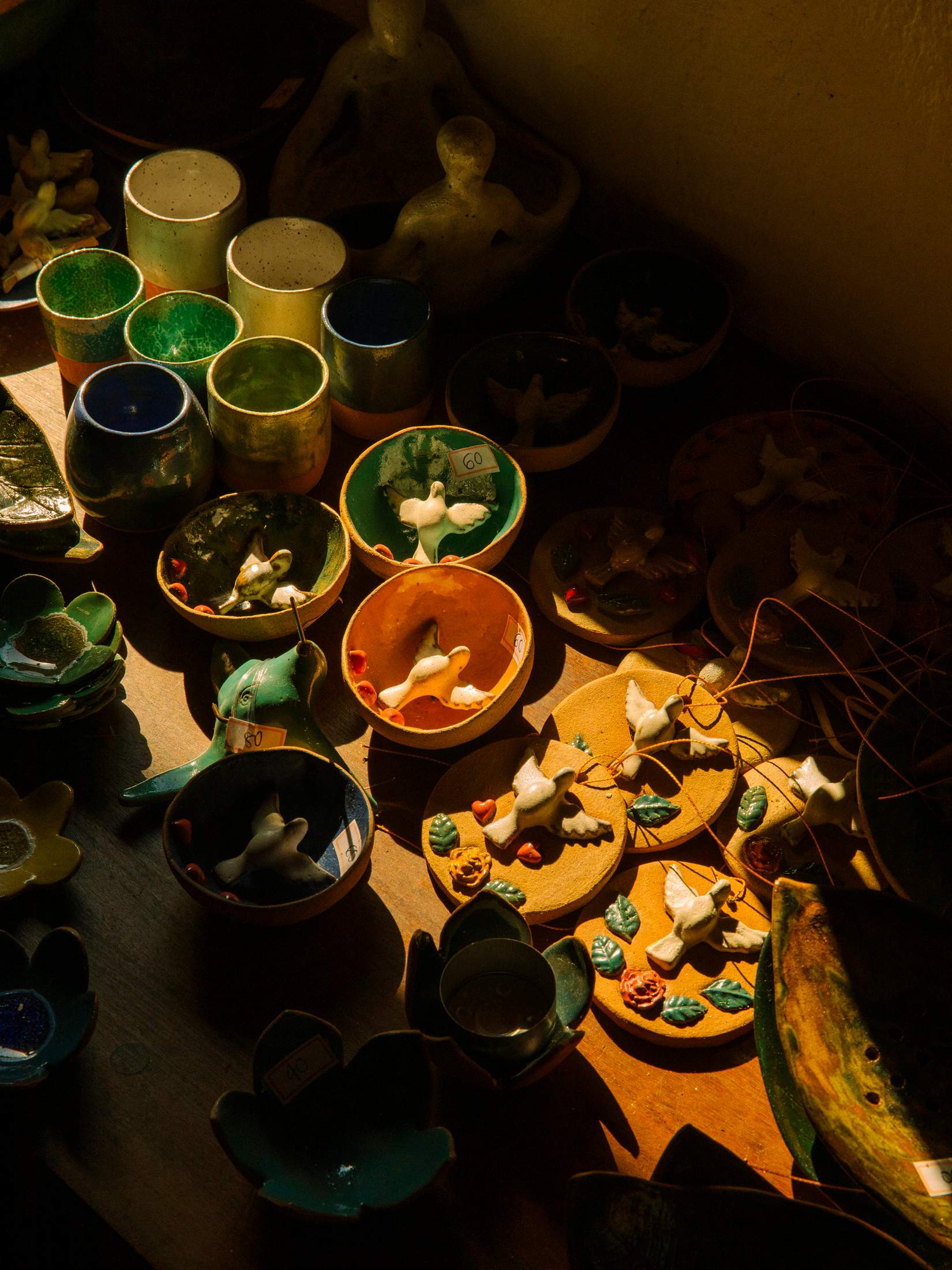
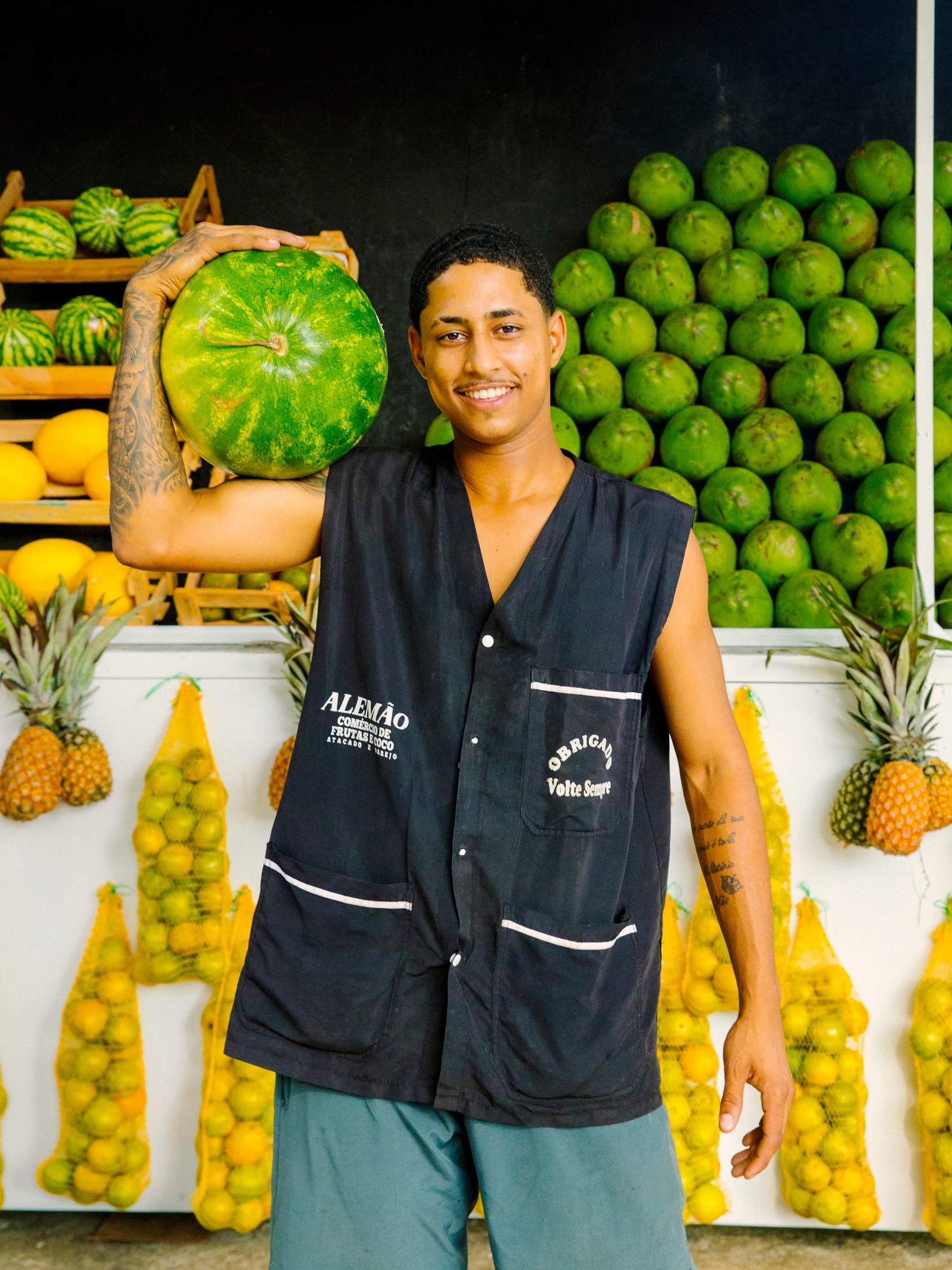
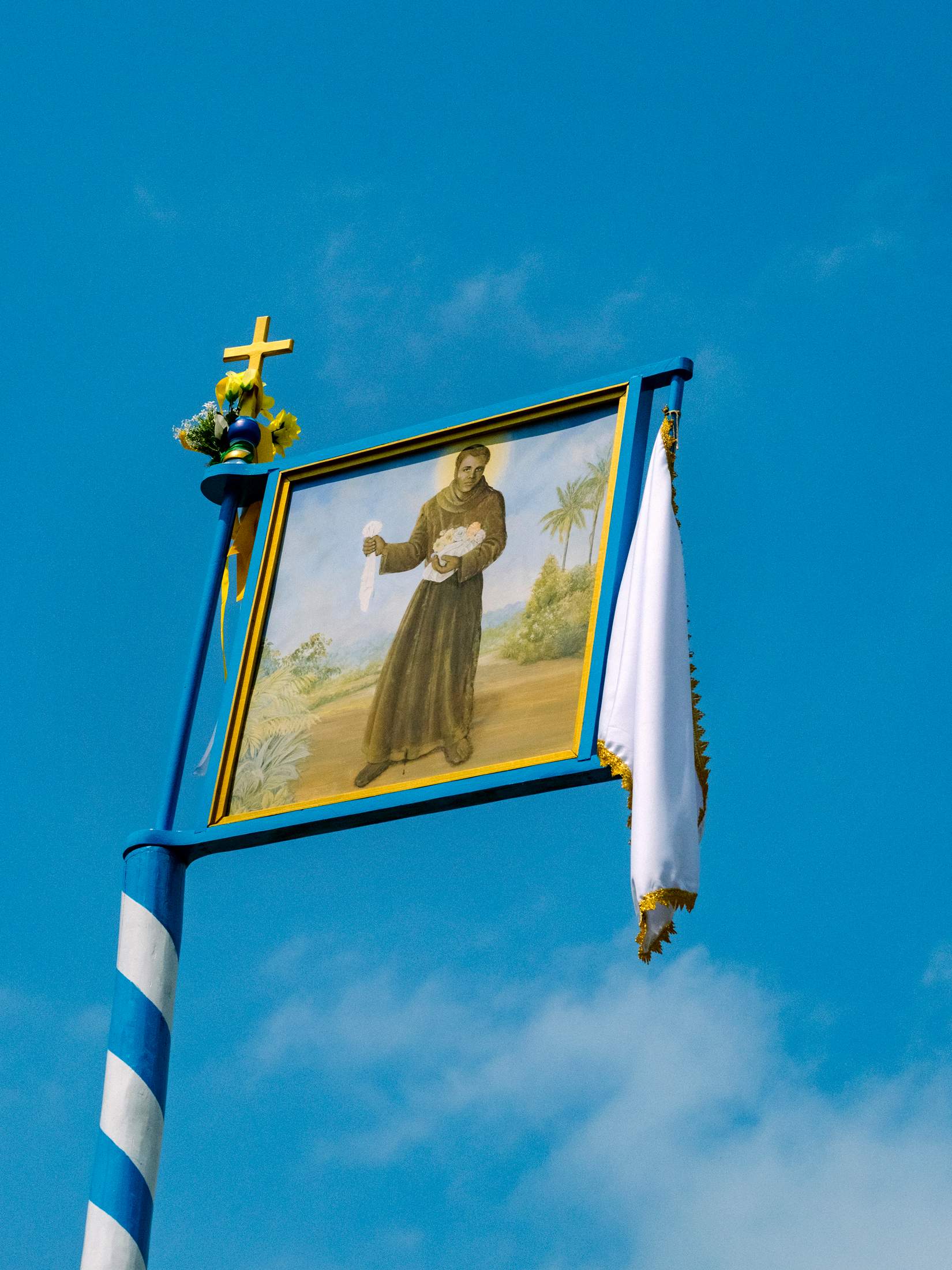
An hour later, we reach Angra dos Reis, the gateway to southwest Rio de Janeiro state’s many islands. We make for Ilha Grande (called “Big Island” but just 30km across) by motorboat. Its pristine nature is offset only by its dark past as the home of a notorious jail between 1903 and 1994. Many opponents of Brazil’s military dictatorship were held here. “Prisoners used to steal the fishermen’s canoes to escape,” says Flávio Luan Domingues, the boat’s captain and one of the 10,000 people who call the island home. His grin makes it hard to tell if he’s being serious.
Luckily, there’s more to the island than an abandoned jail. Like many places along this fertile shore, it’s an area of eco-tourism and fresh thinking. Once ashore we meet Bruno Zirotti, a co-founder of Vieiras da Ilha, a sustainable ocean farm that produces scallops, mussels and oysters, and offers tours and tastings to curious visitors. On a wooden deck flanked by submerged lantern nets, Zirotti says that the aim is to cultivate s eafood in the ocean. “This new generation of mariculture recognises that nature has limited resources,” he says, as he shucks a fat oyster and thrusts it in our direction.
After a lunch of fried hake at the homely Aroeiras restaurant, we head back to the mainland and hit the road again. In about 40 minutes we reach our stop for the night. Opened by Brazil’s Fasano Group in 2017, Hotel Fasano Angra dos Reis brims with the hospitality company’s good taste and decadent design. But it’s the Costa Verde’s natural beauty that takes centre stage here. Rooms offer spectacular views of the ocean and jungle, while the pool feel like it’s nestled at the foot of the emerald hills flanking the hotel.
day 2
Angra dos Reis to Paraty
After a breakfast of black coffee, omelette and fresh mango, we drive south along the jagged coastline, zipping by signs that point the way to hidden coves, quiet beaches and waterfalls. After less than an hour, we turn into a rough dirt road that leads to the farm where Maria Izabel Costa has been making organic cachaça, a spirit derived from sugar cane, for three decades. She gives us a tour of the simple distillery as visitors begin to trickle in. On the wooden deck outside her shop, she pours drops of about six types of cachaça, ranging from sandy white to deep caramel in colour, into glasses, explaining to the small group how each was aged.
Costa’s production has shrunk to about a third of its peak as a result of the warming climate and the soil becoming less fertile. Still, she is happy making less, rather than clearing more forest or using chemicals. “It’s a life philosophy,” she says. “I’m a woman of the earth.” We head back onto the br-101, safe in the hands of our designated driver. About 20 minutes later, we’re in Paraty, a well- preserved colonial town of 45,000 that was once a key export route for sugar, gold and coffee to Europe. We park on the margins of the car-free historic centre and set off through cobblestoned streets lined with whitewashed houses and colourful doorways. The sky is bright blue and the afternoon heat still lingers. As we walk, we take a cue from the residents and linger a little in the shade under the dense flowering bushes that drape the façades, painting them in shades of green and magenta.
Tucked into a charmingly restored mansion is the 28-key Sandi Hotel, which opened in the late 1980s as the region’s first luxury retreat. Inside, it’s a mix of elegance and nostalgia, decorated with local art, tropical touches and movie memorabilia in a nod to film mogul Alexandre Adamiu, who owns the hotel with his wife, Sandra Foz. In recent years, more modern and polished options have arrived on this stretch of coast, expanding a brand of tourism that the Sandi pioneered: luxury that highlights the region’s riches.
A few blocks away is Refúgio, a restaurant that serves fresh seafood. “The caiçara cuisine is all about using what you have to hand,” says chef Bel Costa. “It’s wild fruit and fresh fish.” Before we leave, she insists that monocle samples the local source of pride: Gabriela, a cachaça spiced with clove and cinnamon, named after a well-known Brazilian novel by the great Jorge Amado.
Later, after perusing Paraty and marvelling at a stand of colourful, handmade carnival masks made from papier- mâché, we head to Banana da Terra, a smart restaurant that serves caiçara cuisine with a contemporary twist. We enjoy a dinner of grilled octopus washed down with a cashew- apple caipirinha, before heading back to the hotel, passing a street band playing a chorinho tune as people swing their hips to the rhythm.
day 3
Paraty to Picinguaba to Ubatuba
After a breakfast of pão de queijo (cheese bread) and poached egg, we make one final stop in town. Montañita café isn’t open yet but the smell of freshly ground coffee is already perfuming the street outside. Working with coffee in Paraty is “symbolic”, says Juan Rhon, the café’s Ecuadorian owner. During the coffee boom of the 1800s, beans cultivated through slave labour became the port’s main export. Today the coffee sold here is produced by farmers who are paid a fair price. Montañita plans to open up its roasting facility a few blocks from here to visitors who are curious about the history of the beverage.
Then we pick up our journey. As we head south, the air grows more humid and it starts to feel as though the forest is closing in around us. We pass shacks selling cassava cake and cocada, a confection made from shredded coconut. Born in the kitchens of slaves, the latter treat is ubiquitous here. Whenever traffic slows, vendors weave between cars, offering it to drivers for five Brazilian reais (about €1). Just off the br-101 is Quilombo Campinho da Independência, a settlement of descendants of enslaved Africans who escaped their captors between the 16th and 19th centuries. Many such communities exist across Rio de Janeiro state, which was a port of entry for as many as two million slaves brought to Brazil during colonial rule. Today quilombos such as Campinho have become symbols of Afro-Brazilian resistance and places where culture and tradition are celebrated. The quilombo runs tours and a simple restaurant, Restaurante do Quilombo, serves delicious plates of grilled fish, fresh heart of palm and toasted cassava flour with plantains.
Back on the road, it takes 10 minutes to reach the divide between Rio de Janeiro and São Paulo states. Soon, we turn into a winding side road that leads to a conservation area. After a few bumpy kilometres, we reach Picinguaba, a quiet fishing village on the edge of the Atlantic Forest. In the hills just above is Pousada Picinguaba, an eco- hotel in an elegant forest mansion. “We’re torn between showing off this place and hiding it,” says chef-manager Clarissa Amorim, as she lays out a banana for a family of marmoset monkeys that is expected to make its daily visit later. “It’s just peace and tranquillity here.”
After one last stroll around the village, we’re off again. Ubatuba, about an hour down the br-101 and just three hours from São Paulo, beckons. To sample the catch of the day, we head to Seu Motta, where local flavours are prepared with flair. “The culture here is so rich and colourful,” says Jean Carlo Francisco, one of the owners. “We hope more people learn about it.”
Costa Verde address book
day 1
Casa da Gula Pastel Caseiro
A roadside stop that sells one of Brazil’s most iconic snack duos: pastel and calda de cana.
Vila Muriqui, Mangaratiba
Fazenda Marinha Vieiras da Ilha
A marine farm that offers visitors tours and tastings.
Parque Estadual de Ilha Grande, Praia da Longa, Angra dos Reis
Aroeiras Restaurante
A simple, family-run beach restaurant that serves fried fish, rice with beans and cold beer.
Avenida Beira Mar 39, Araçatiba, Angra dos Reis
day 2
Alambique Maria Izabel
A family-run cachaça distillery with tours and tastings.
Sítio Santo Antônio, Corumbê, Paraty
Refúgio
Fresh seafood with a local touch. Try the mussels in escargot butter with herbs and lemon.
Praça da Bandeira 5, Centro Histórico, Paraty
Banana da Terra
A Costa Verde darling that serves modern takes on regional dishes from chef Ana Bueno.
Rua Dr Samuel Costa 198, Centro Histórico, Paraty
day 3
Montañita Cafés Especiais
Coffee shop serving freshly roasted organic coffees from around Brazil.
Rua da Matriz, Centro Histórico, Paraty
Restaurante do Quilombo Campinho
A simple spot run by a community of descendents of African slaves. Wash your lunch down with juçara juice, made from a fruit related to the açaí.
Rodovia Rio-Santos 1, Paraty
Seu Motta Cozinha Caiçara
Regional fare with a contemporary twist.
Rua Dr Felix Guizar Filho Praça Anchieta 60, Ubatuba


